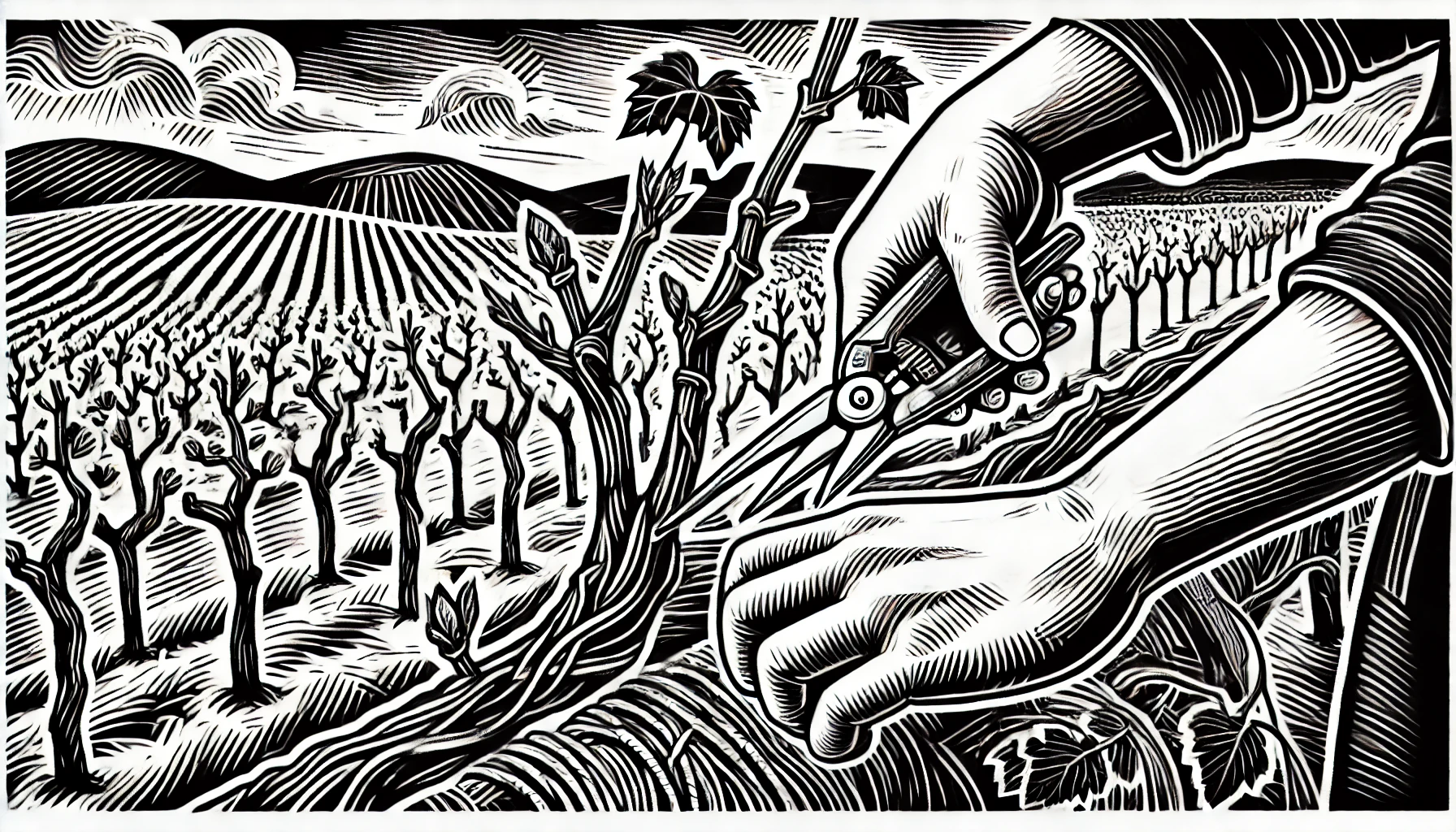
Grafting is an important viticultural technique that involves attaching one vine (the scion) to the rootstock of another vine. This practice has been used for centuries, but it became especially important in the 19th century when European vineyards faced the devastating phylloxera plague. Phylloxera is a tiny insect that attacks grapevine roots, and it nearly wiped out all of Europe’s vineyards. To combat this, European growers began grafting their vines onto American rootstock, which was resistant to phylloxera.
The process of grafting allows winemakers to combine the best qualities of two different plants. The rootstock provides a sturdy, pest-resistant base, while the scion grows into the vine that produces fruit. This technique not only protects vineyards from pests but also allows winemakers to adapt to different soil types and climates. Grafting also helps winemakers propagate specific grape varieties without starting from seeds, ensuring the consistency of their vineyards.
In the modern wine world, nearly all commercial vineyards use grafted vines. It allows winemakers to focus on growing the best grape varieties for their specific region while ensuring that the vines have the best possible chance of survival. Grafting can also help with disease resistance, improve water efficiency, and even enhance grape yields. The process is delicate and requires skill, but the benefits far outweigh the challenges.
Grafting is now a standard practice in viticulture, and it continues to evolve as researchers develop new rootstocks that offer better disease resistance or improved adaptability. It plays a crucial role in ensuring the future of wine production, allowing winemakers to protect their vines while continuing to produce high-quality wine. Without grafting, many of the world’s vineyards would not exist today.